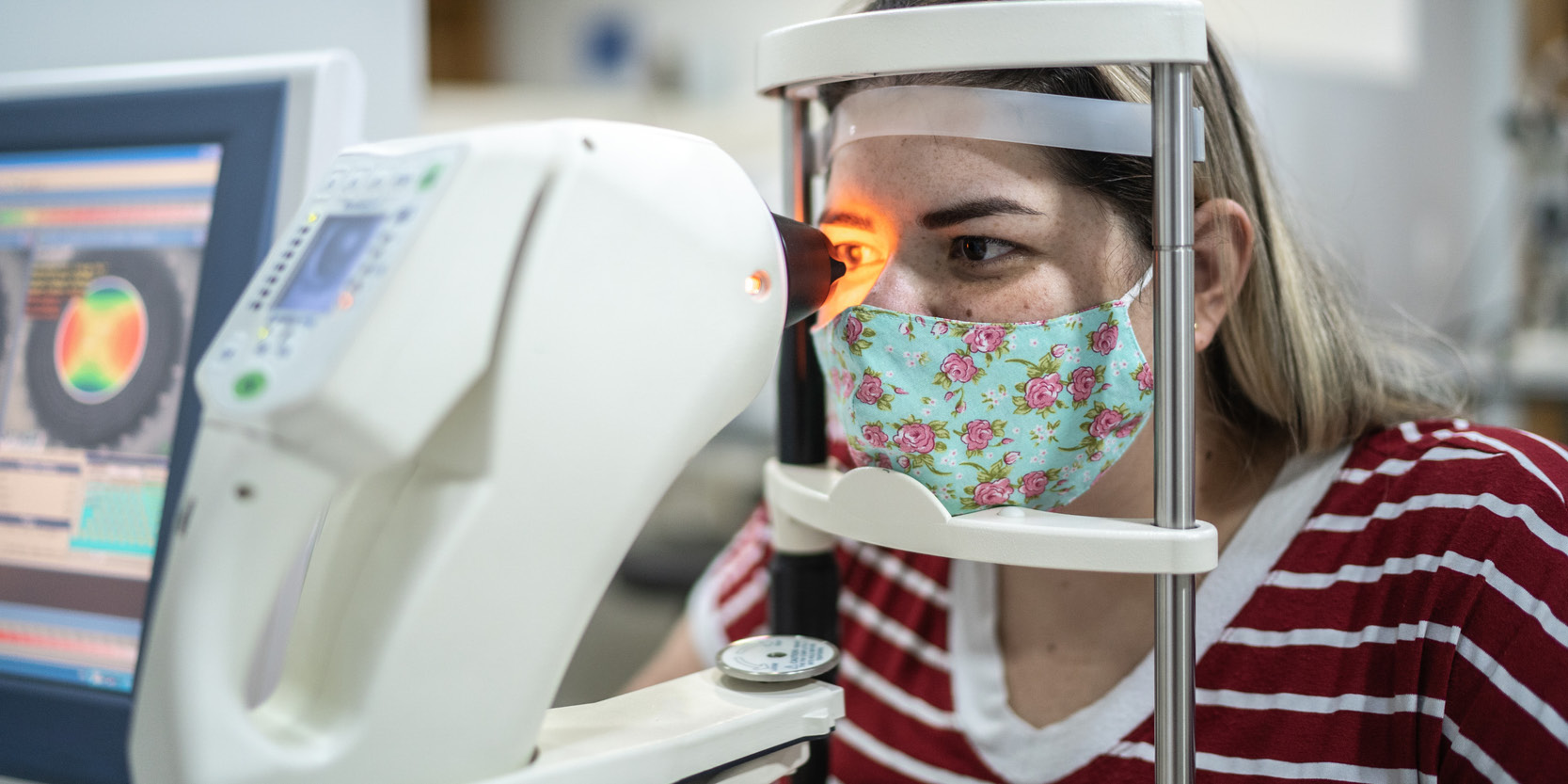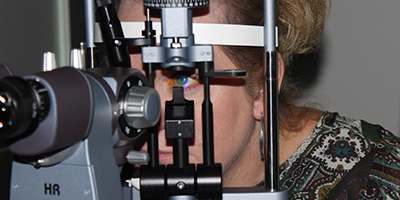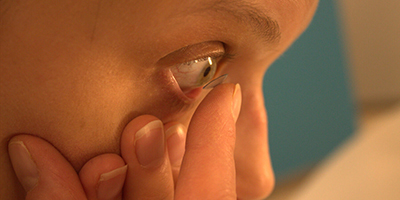
Optics is a Science – A Design Consultant’s Perspective
by: Sherre McMahon
Optics is a Science
There are formulas, principles and rules that have been documented and studied for centuries. Even now, we may spend time talking about and providing care based on the known boundaries created by optics. On some level, that repetition provides comfort, but it also becomes mundane.
Contact lens fitting allows us to put known optical principles to work in a creative way. It can be a fun challenge if we start with a healthy understanding of what data is needed to put our best foot forward.
Keratometry readings, both flat and steep
- This tells us how much corneal toricity we have. It also gives us a hint of possible pathology.
Manifest refraction
- This provides the amount of refractive error to be corrected and is a clue to what lens design is likely indicated.
HVID, Horizontal Visible Iris Diameter
- The rule is that the lens (for both soft lenses and scleral lenses) should be approximately 3.5mm larger than the cornea.
Special concerns
- Corneal scars, pathology, surgical history, dryness, are all factors that could affect the fit.
- The Contact Lens Wearing Goals of the Patient
With this information, we can move forward with confidence, selecting the best lens for the patient. But, not every lens works for every patient.
Why? Because the combination of the above information can fall outside the norms for some patients. We’ve all had a patient who appeared perfectly normal on paper, and yet, no disposable lens seemed to make them happy. They are the mystery that allows us to put on our thinking caps and unleash our creativity. Here’s some examples.
- Steep K’s on a small cornea require a different base curve than steep K’s on a large cornea.
- High water content lenses work on patients who have the tear layer to “give” in support of the lens. But a dry eye patient, with a decreased tear layer, doesn’t have the moisture to keep the lens hydrated. Their vision will be blurry, and the lens will be uncomfortable due to a lack of hydration.
- Tight lids impact a toric lens’s stability, if the patient’s cylinder is low enough, a spherical lens may provide the vision a patient needs along with the comfort and stability they hope for.
- A gas permeable lens, on a patient with a prominent brow bone, would be much easier to handle and provide the stable vision that a smaller than called for soft contact lens diameter won’t.
Thinking outside the box and looking at contact lens fitting as a mystery that you get to solve is one way to regenerate a passion for your occupation and contribute to the quality of other’s lives. Your knowledge of optics must be the foundation for your fit. The patient’s data is an important part of the equation that needs to be known and when captured, you’re prepared for the challenge that will come.



